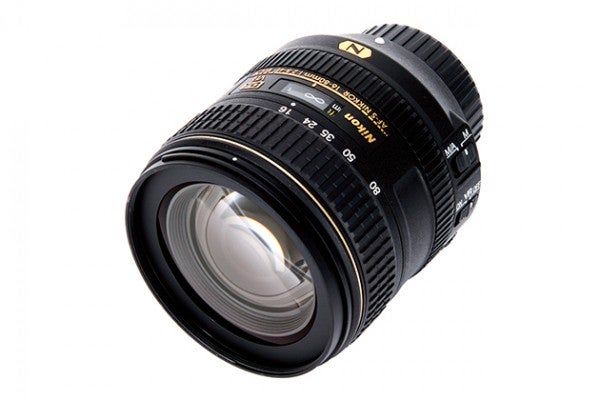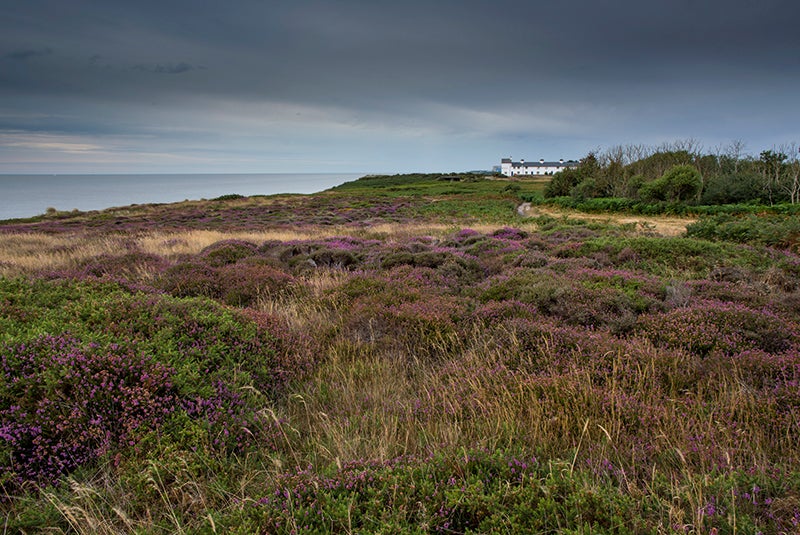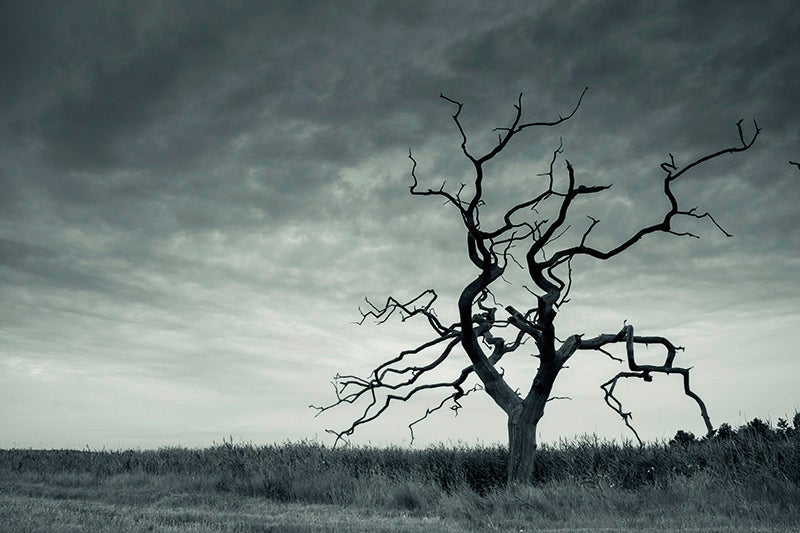Nikon’s latest standard zoom could be the lens DX-format users have been waiting for. Phil Hall puts it to the test to see if the wait has been worth it
Nikon AF-S DX Nikkor 16-80mm f/2.8-4E ED VR review
Nikon AF-S DX Nikkor 16-80mm f/2.8-4E ED VR – Image quality
With an extensive 5x focal range running from wideangle to telephoto, there’s a reasonable amount of strain put on the optics to deliver decent results, not only through the zoom range but also through the aperture range. Despite a few small issues, though, the AF-S DX Nikkor 16-80mm f/2.8-4E ED VR lens delivers a solid performance.
It’s worth bearing in mind that when shooting subjects with critical straight lines, barrel distortion is present at 16mm. This became apparent when shooting a coastal scene, and trying to level the scene became impossible thanks to the slight bow in the horizon that was visible in the viewfinder. If you are prepared to adjust for this when shooting and then correct it in Adobe Photoshop Lightroom, then shooting at f/11, though not the sharpest aperture, still delivers nice results with decent edge-to-edge sharpness and virtually no signs of vignetting.
When shooting wide open at 16mm, image quality does suffer around the edges of the frame. While centre sharpness is good, there is noticeable vignetting right in the corners of the image. However, this may only really be the case at f/2.8, with things picking up as you stop down the lens.
Barrel distortion disappears as you move through the zoom range, to be replaced by only minor pincushion distortion, which is a lot better controlled. There are still issues with vignetting and edge sharpness when shooting wide open, but as I experienced at 16mm, if you stop the lens down by 1 or 2 stops things improve dramatically.
Resolution
 At 16mm and f/2.8, centre sharpness is good but edge sharpness does suffer. However, this improves somewhat as you stop the lens down, with around f/5.6-8 delivering the best results for centre and corner sharpness. Beyond that, diffraction starts to become an issue. At 80mm, edge sharpness at f/4 doesn’t match the centre of the frame, with f/5.6 delivering the sharpest results.
At 16mm and f/2.8, centre sharpness is good but edge sharpness does suffer. However, this improves somewhat as you stop the lens down, with around f/5.6-8 delivering the best results for centre and corner sharpness. Beyond that, diffraction starts to become an issue. At 80mm, edge sharpness at f/4 doesn’t match the centre of the frame, with f/5.6 delivering the sharpest results.
Shading
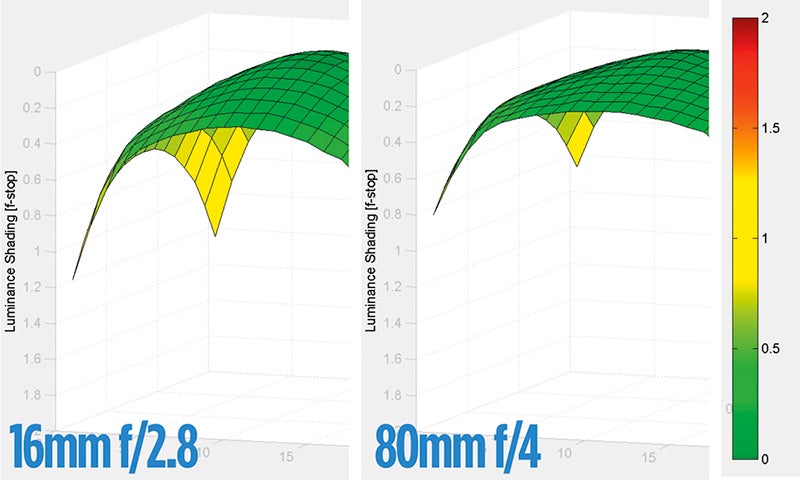 There’s severe vignetting when using the lens wide open at f/2.8 and 16mm, but it starts to disappear when stopped down a little at f/4 before being well controlled beyond that. At 80mm, vignetting is slightly better controlled at f/4, although there’s quite a drop-off at the edges of the frame. From f/8 onwards, though, things are controlled well.
There’s severe vignetting when using the lens wide open at f/2.8 and 16mm, but it starts to disappear when stopped down a little at f/4 before being well controlled beyond that. At 80mm, vignetting is slightly better controlled at f/4, although there’s quite a drop-off at the edges of the frame. From f/8 onwards, though, things are controlled well.
Curvilinear distortion
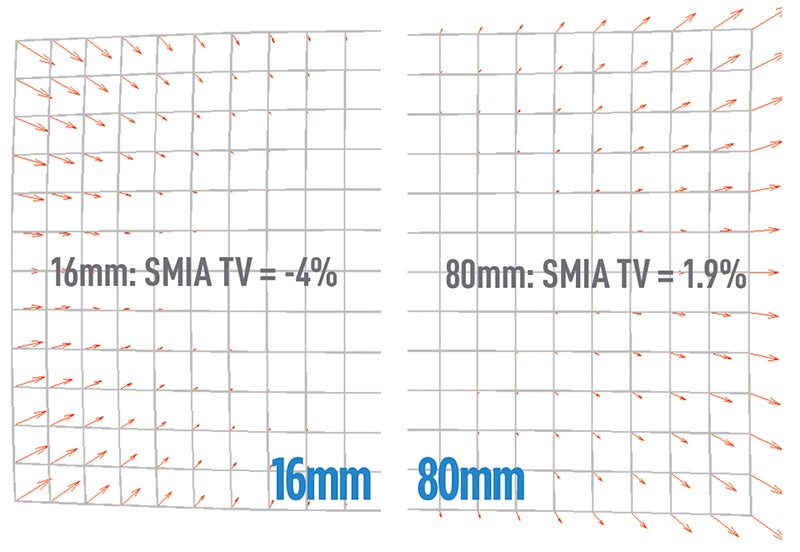 At 16mm noticeable barrel distortion can be seen in our test results, with the straight lines of our chart bowing out towards the edge of the frame. This disappears as you move through the zoom range, replaced by pincushion distortion. This is noticeable in our charts at 35mm, although it doesn’t deteriorate too much after that.
At 16mm noticeable barrel distortion can be seen in our test results, with the straight lines of our chart bowing out towards the edge of the frame. This disappears as you move through the zoom range, replaced by pincushion distortion. This is noticeable in our charts at 35mm, although it doesn’t deteriorate too much after that.





